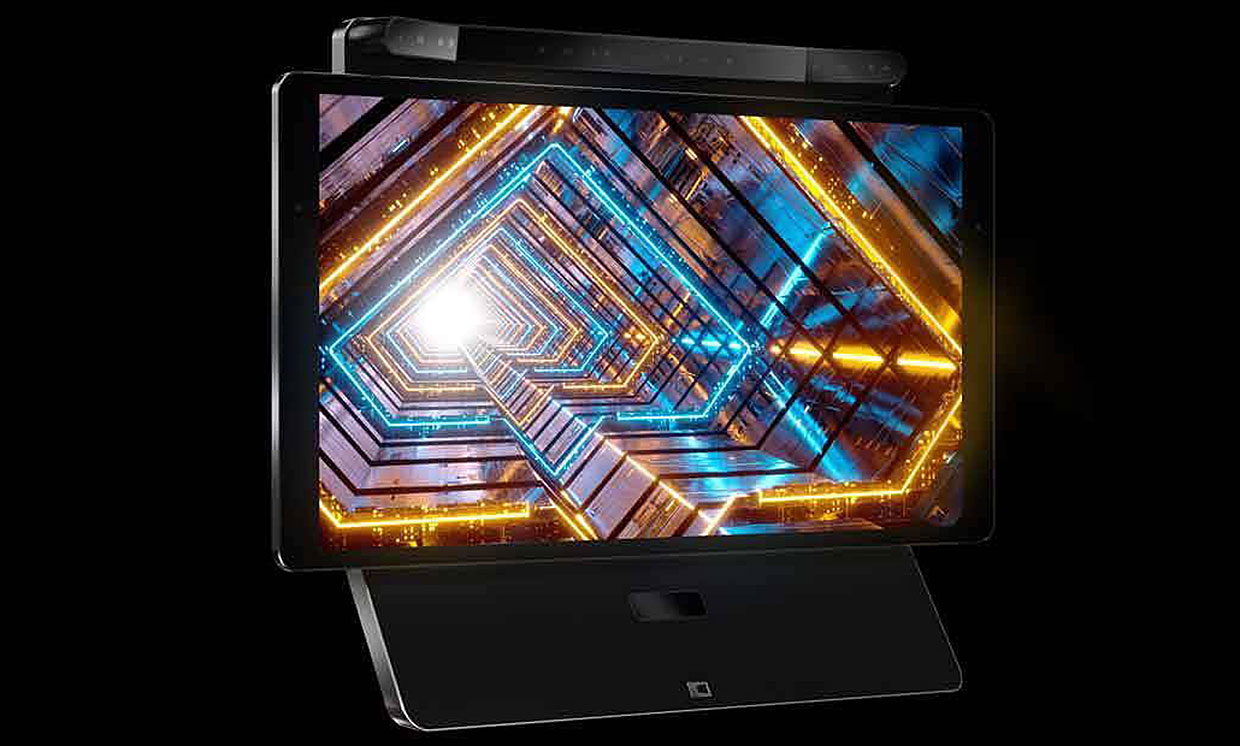Judging by the press coverage, this year’s Consumer Electronics Show (that’s “CES” if you’re cool) was not a wonderland for autonomous-vehicle lidar buffs. Compared to previous years, in fact, the CES floor appears to have been somewhat light on 3D tech in general—but that doesn’t mean there weren’t a few intriguing products scattered here and there.
Take Dimenco’s 3D “Simulated Reality” technology. The Dutch company’s new proof of concept enables you to show a depth image without requiring each individual user to wear a headset worth a small fortune.
So how does it work? IEEE Spectrum is reporting that it uses a lenticular filter. That in itself is not a big deal—lenticular cinema goes back to the early 1930s and are so widespread that they use them to make baseball cards look like primitive motion capture (check out the video below for a quick reminder of what lenticular displays do). What /is/ big is the amount of resolution that a display can handle in 2019: Dimenco, for instance, is putting its filter over an 8K TV. That means each eye of the stereo display gets 4K to itself, and that’s nothing to sneeze at (especially compared to anemic resolution you would get from early HD TVs when you split them in half to generate an image for each eye).
Dimenco also uses a 3D sensor on top of the screen to track the viewer’s position in space and rotate the 3D image as the viewer moves. IEEE sez: “I can attest that, at least in the demos I saw, the 3D experience was smooth enough so I had no issues with headache or nausea—and I tend to be a real canary in the coal mine for those kinds of side effects.”
There are some potential sticking points that come to mind, chief among them being the problem of getting multiple users on the device at once. I assume it won’t track all of them and display a different image, but I would guess at least one user could be put in “charge” of control, with the others restricted to simple 3D viewing.
Either way, IEEE notes that this demo is not yet a product for sale, so most of our talk is pure speculation. It might take some time before we see if hardware manufacturers decide to latch on to the technology, but if they do, it’s quite likely that they could build a new generation of 3D displays for games and films. And if they do THAT, it could usher a new era of affordable, mass-market displays that we can use to display true 3D data to just about anyone. And isn’t that the dream?
Check out the video below to see a demonstration of people viewing the display. However, watching a 3D display on a 2D monitor is like listening to an ad for great stereo system on your cheap, terrible stereo system.






